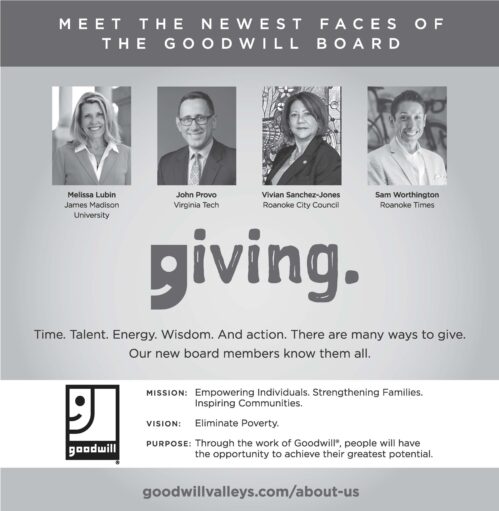 by Erica M. Poellot,
by Erica M. Poellot,
Dir. of Overdose and Drug Use Ministries; Dir. of Faith and Community Partnerships-National Harm Reduction Coalition
May we experience the healing potential in multiple pathways to recovery. That is, may we have respect for any positive change, trust in the ability of individuals to improve their health and wellness, respect for living a self-directed life, and encouragement, as all people strive to reach their full potential. Amen. (Prayer based on SAMHSA’s Working Definition of Recovery)
I began my healing journey from substance use disorder on January 3, 2003. Or, more accurately, I began again on that Friday in January after seasons spent exploring multiple pathways towards healing.
The path I embarked on in 2003 was initiated by a close friend name Sidnee, who had found her own way through chaotic use to healing in fellowship with other people with lived experience of substance use. She witnessed to hope found in community and through service, and I eagerly joined her there.
In that fellowship, experienced belonging, connection, and increased trust in my ability to craft a new relationship with my substance use, in conversation with and supported by a loving community. It was also during this time that I was gifted health insurance and an opportunity to engage a therapist to address my gateway drug: trauma.
While the communities I grew in were well-populated, it became increasingly obvious that, for many, these spaces did not offer language that called them by name or told stories of recovery that reflected their own. Friends, family, and others did not join me in these spaces, and I wondered about these many silences and absences.
The definition of recovery from SAMHSA (Substance Abuse and Mental Health Services Administration) offers some insight into my wonderings. Their working definition does not describe recovery as a destination but as a process. Cessation of all substance use, or abstinence, is not mentioned as a step or a goal in this process. In fact, substance use is only one small part of the process in a much larger, multi-faceted picture of wholeness that centers health, home, purpose, and community, and decenters the use of drugs and alcohol.
SAMHSA’s definition challenged the ways I had come to understand how healing from substance use disorder might look and the ways in which we might support one another in pursuit of this wholeness. It expanded my ability to recognize other communities of healing, such as harm reduction communities, with which I had previously been unfamiliar and with which many are unacquainted due to stigma.
As I have come to experience them, the pathways to healing from substance use disorder are many. They include: clinical treatment, harm reduction, use of medication, access to housing, comprehensive trauma care, family support, support from faith communities and fellowships, and many other approaches.
In all instances, healing from substance use disorder returns people to community and fosters fellowship, upholds the dignity, autonomy, and humanity of each person, is non-coercive, is led in partnership with people with lived experience of substance use, centers justice and equity, recognizes the impact of trauma and other social determinants of health, and celebrates any change which moves a person closer to the life they envision and desire for themselves.
May we be converted to a faith in compassion not judgement, to understanding not stigma, to community not othering, to language of dignity not dehumanization, to respect for any positive change not abstinence only. May we be converted to a faith in people who use drugs and the healing power of harm reduction.




